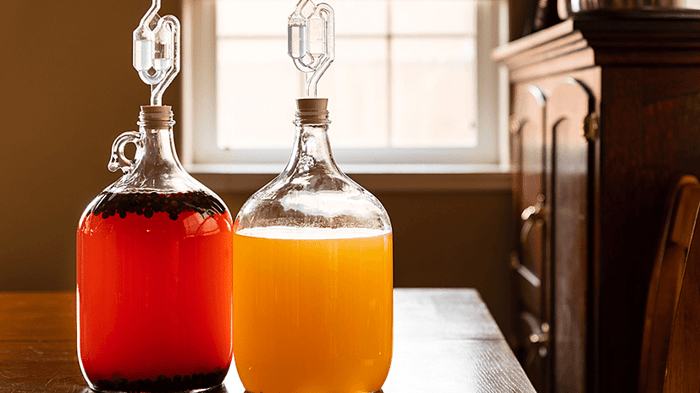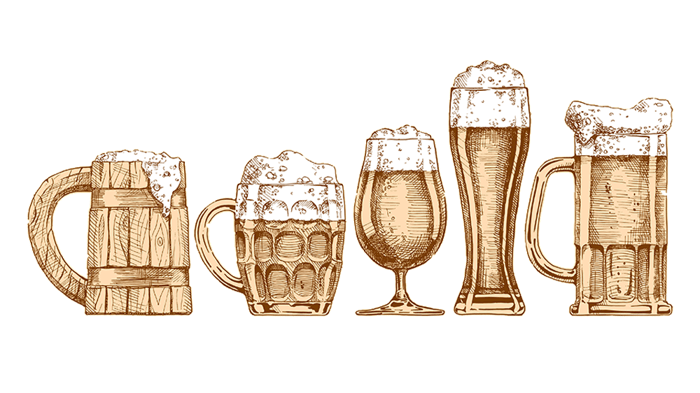Mead is considered to be one of the oldest forms of alcoholic beverage and was most likely discovered by early humans coming across a broken beehive that fell victim to a rainstorm or flood. After being diluted by the rain, the honey would likely have been exposed to wild yeast that resulted in the production of alcohol by fermentation. When these early humans drank the sweet liquid, they found that it gave them a ‘buzz' - no pun intended - and so began an intoxicating relationship between humans and mead. Here's our brief introduction to Mead.

What is Mead?
Simply put, mead is honey wine that is made by fermenting honey and water with yeast. Mead can also be flavoured with fruits, spices, grains or hops; there is no limit to creativity when it comes to meadmaking!
When was Mead invented?
The earliest confirmed traces of mead date back to 7000 BC where residue was found in Chinese pottery. Mead has also been enjoyed by many civilisations throughout history - it is said that the ancient Greeks gave mead to warriors of Germanic and Celtic origins - however, when taxation and monetisation of alcoholic beverage ingredients came into effect around the 1700s, mead became much more of a rarity.
Mead has since seen a major revival worldwide since the 1960s with numerous "meaderies" opening and producing a wide variety of meads within the last few years.
How is it made?
Meadmakers kick off the process by diluting honey with water to reduce the density of fermentable sugars. This mixture is called a "must." Fruits, spices and other additions are also added to the must, followed by the yeast. Once the yeast is added, fermentation occurs, and the mead can be aged anywhere from a few months to a few years.
- Mead Varieties -
A traditional mead is made using nothing other than honey, water and yeast, which allows for the variety of honey used to be showcased. mead ranges from 3% to 20% ABV and there are a few different factors that determine the alcoholic strength and finish of the mead - from dry to sweet, to even bitter. This comes down to how diluted the honey is, what kind of yeast is used and the fermentation temperature.
There are also sub-groups that exist in the world of mead. For example, brewing mead with hops and malt results in a hybrid style known as 'braggot'. Adding fruit results in a style known as melomel, and hydromel is a watered-down version consumed in Spain and France.
Traditional Dry Mead
Similar in balance, body, finish and flavour intensity to a dry white wine, dry mead has a pleasant mixture of subtle honey character, soft fruity esters, and clean alcohol.
Traditional Semi-Sweet Mead
Similar in balance, body, finish and flavour intensity to a semi-sweet (or medium-dry) white wine, semi-sweet mead has a pleasant mixture of honey character, light sweetness, soft fruity esters, and clean alcohol.
Traditional Sweet Mead
Similar in balance, body, finish and flavour intensity to a well-made dessert wine (such as Sauternes), sweet mead has a pleasant mixture of honey character, residual sweetness, soft fruity esters and clean alcohol.
Complexity, harmony, and balance of sensory elements are most desirable, with no inconsistencies in colour, aroma, flavour or aftertaste. The essential final measure of any mead is the proper balance of sweetness, acidity, alcohol, and honey character.
If you want to get brewing, check out our recipe for Dry Wildflower Mead.




